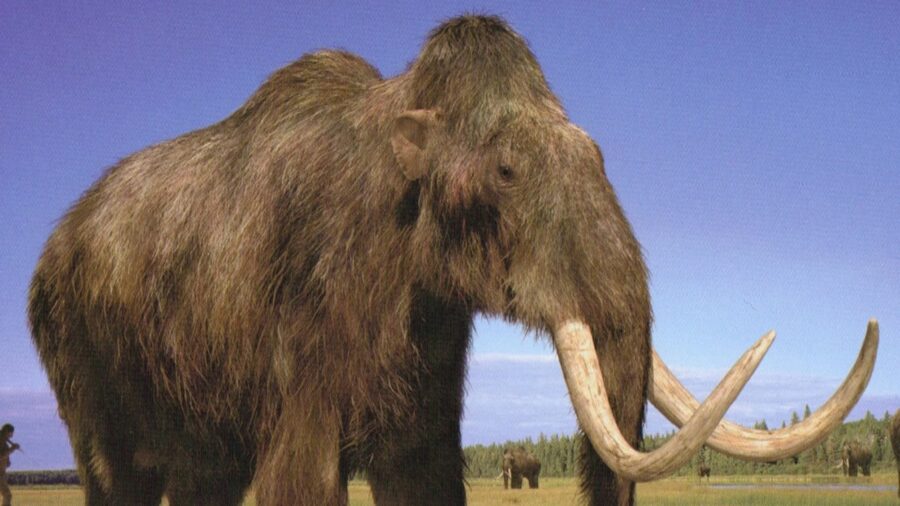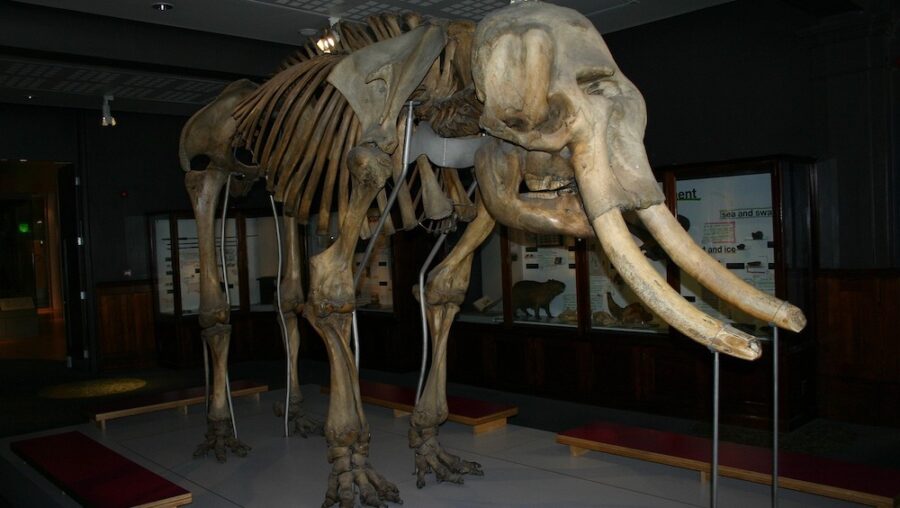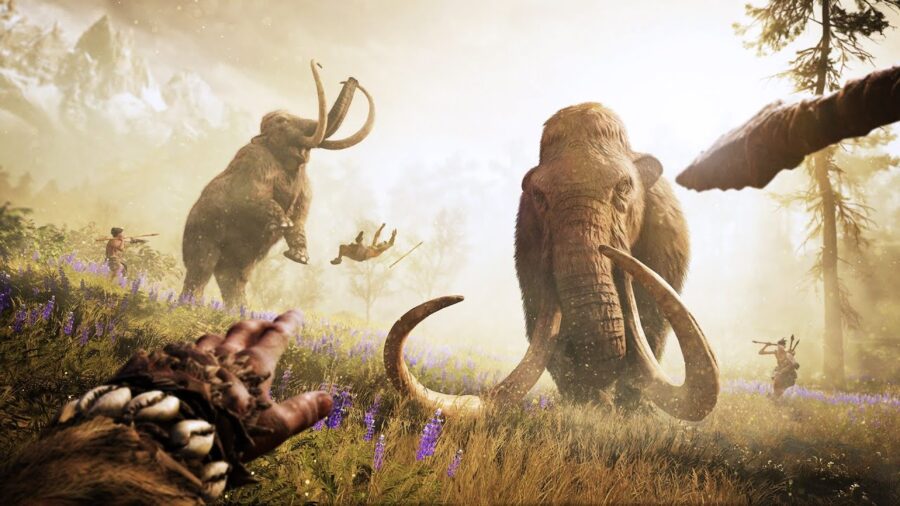How Caveman Hunted Mammoths Revealed And Hollywood Is Wrong

For 800,000 years, the woolly mammoth walked as one of the largest land animals, plodding over parts of North America and Asia. Until the last of this species died 4,000 years ago, the big creatures were a substantial source of food for humankind from the prehistoric era until our ancestors entered the bronze age.
But film depictions of our predecessors from the Ice Age working to spear giant mammals in dramatic fashion have been proved false by a group of researchers who have shown the people of that time using embedded pikes to kill their prey.
Proof Of Pikes In New Mexico

Scott Bryam, who co-authored the study, worked with other researchers to study the lives of a group known as the Clovis. The Clovis lived on the North American continent an estimated 13,000 years ago in what is now Clovis, New Mexico. Bryam, an archeologist from the University of California Berkeley, gave details about how these ancient peoples crafted and utilized pikes to take down a variety of smaller animals.
Tens Of Thousands Of Spear Points Discovered

Bears, boars, lions, and even carabao were substantial sources of food for the Clovis people. In 1929, archeologists discovered more than 10,000 spear points (known today as Clovis points) made from jasper, obsidian, and other stones. “Fluted indentations” at the base of these points indicated that they were attached to a longer piece.
The Old Theory Has Been Tossed Out

The Clovis points were found mixed in with a bevy of woolly mammoth bones. This initially led archeologists to believe that the Clovis worked in groups to spear the giant animal until they were able to make it fall. But Bryam and his co-researchers began to surmise that perhaps the Clovis hunters were able to utilize pikes as a safer and more effective way to bring the creatures down.
Running Mammoths Into Planted Pikes

To test their theory, Bryam and his team made Clovis spear replicas and tested them as projectiles. A thrown or thrust spear was shown to not have near the force or velocity needed to pierce the thick hide of a wooly mammoth. This made the theory of pike hunting much more believable.
In order to take down a woolly mammoth, the Clovis hunters would have worked hard to make numerous pikes and then affix them with sharp tips made from rock. These pikes would then be firmly planted into the earth at a lethal angle. A large animal running at full speed would have too much mass to stop in time, thus causing its momentum to lead to a deadly encounter with the Clovis tips.
The Hunt For The Rest Of The Weapons

But before this method of killing woolly mammoths can be 100 percent verified, archeologists will need to locate the shafts of the weapons so that they can be certain that the Clovis tips were affixed as pikes. Metin Erin, an archeologist from Kent State University, maintains that up to this point in time, this missing puzzle piece has eluded researchers.
The type of wood the Clovis had available to them would have deteriorated to dust long ago, making the likelihood of finding an intact pike very remote. For now, at least, archeologists have a solid hypothesis to work with until a dig can turn up more evidence.
Sources: PLOS One Science News













You must log in to post a comment